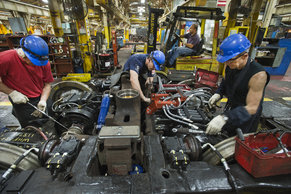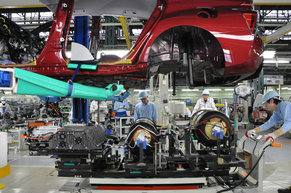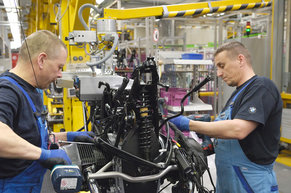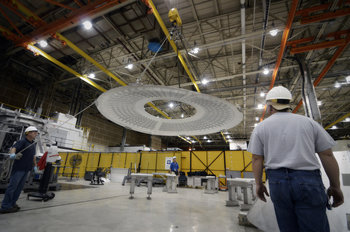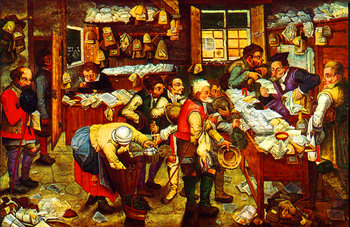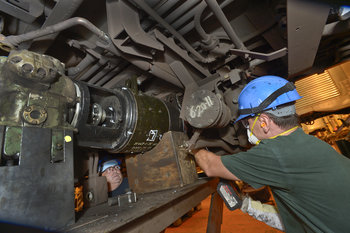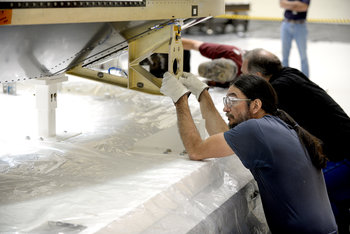Land
Land is a special type of capital expenditure as its value doesn't typically deprecate because it generally doesn't go down in value. In cases such as mining, land is depleted of natural resources. This is accounted for with an expense known as depletion.Land Improvements
Land improvements is work to improve the value of land such as a road or a garden. Unlike land, land improvements may have a useful life such that they can be capitalized and deprecated. Other land improvements are viewed as preparing the land for use such that they are capitalized as land and not deprecated.Buildings
All costs associated with acquiring or constructing buildings.Legal Costs
Some legal fees can be capitalized if they are related to acquiring, registering or constructing a fixed asset.Computers
Computing hardware such as a computer, data storage or network device.Equipment
The cost for equipment used by your business such as a combine harvester for a farm.Machinery
Machinery such as an industrial robot.Vehicles
Vehicles such as an electric truck or an aircraft.Installation
In many cases, the costs required to operationalize a fixed asset can be capitalized. For example, the cost of installing an solar panel system.Software
Software that you purchase or develop for internal use.Capital Improvements
Work to improve a fixed asset such as an office renovation or equipment refit.Maintenance
Some maintenance is viewed as a regular operational expense but major maintenance may be viewed as a capital improvement. For example, painting the walls of a movie theater may be viewed as opex but renovating the theatres may be viewed as capex.Mergers & Acquisitions
The rules for capitalizing the expense of a merger or acquisition are complex. Some costs are immediately expensed and others can be capitalized.Intangible Assets
Spending to organically develop your own intangible assets often aren't capitalized. For example, you can't capitalize advertising to build brand value or research & development costs (see note below). Some internal costs for intangible assets such as legal fees for registering a patent can be capitalized. If you purchase an intangible asset such as a patent from someone else this may be capitalized as goodwill and amortized.Notes
Historically, it was common for research & development to be capitalized but this is no longer the case. This is a criticism of current accounting and tax rules as research & development clearly produces future value. There is a lot of accounting overhead involved in capitalizing assets. For this reason, firms establish a capitalization limit whereby purchases of fixed assets below a certain threshold cost are expensed. For example, a firm with a $2000 capitalization limit would simply expense the purchase of a $1900 computer.| Overview: Capital Expenditures | ||
Type | ||
Definition | Spending on fixed assets which are purchased for long-term use. | |
Related Concepts | ||

